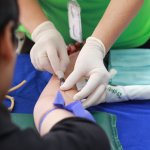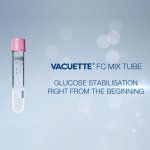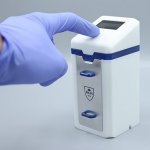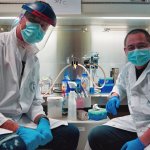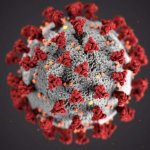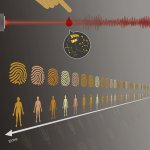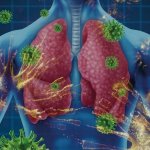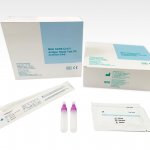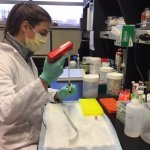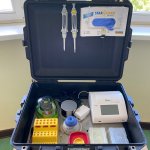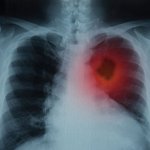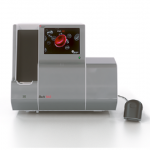
News • Innovative protein analysis
Cooking an egg in an X-ray beam
A team of scientists has been using the X-ray source PETRA III at the German Electron Synchrotron (DESY) to analyse the structural changes that take place in an egg when you cook it. The work reveals how the proteins in the white of a chicken egg unfold and cross-link with each other to form a solid structure when heated. Their innovative method can be of interest to the food industry as well as…




